HDR Photos: Capturing the Elusive Sweet Dulcinea
High Dynamic Range (HDR) photography is like finding a way to make a portrait of the elusive, sweet Dulcinea. If you don’t know, Dulcinea was a fictional character who was the true love of Don Quixote and she was astonishingly beautiful to him. Don Quixote could see Dulcinea vividly in his imagination and describe her sweet beauty in great detail, despite only ever having been able to experience fleeting glimpses of her in real life.
Likewise, there is incomparable beauty in the world, but due to the limits of what the human eye and cameras can perceive, it is only possible to imagine or catch fleeting glimpses of this splendor. That is, until the advent of HDR or High Dynamic Range photography. Here is a one of my favorites of my own HDR photographs, whose full beauty I’d never have been able to capture before discovering HDR imaging techniques:
Most photographers are familiar with what HDR is so I won’t go into all the specifics of the technique here. If there is interest, I’ll post another short primer on HDR for those who don’t know what it is. My intent here is not to offer a tutorial, but rather a reflection on the nature of why I love HDR photography. For this purpose, it is enough to point out that an HDR image captures far more than the average human’s eyes can perceive on their own at any given moment.
To me, the grandeur captured by an HDR photograph is much like the vivid details of Dulcinea’s enticing beauty which Don Quixote was able to hold clearly in his imagination, despite only being able to glimpse her beauty in her physical form in snippets, for only moments at a time.
The More Love photo above is an HDR image which exemplifies such a memory of beauty, for like Don Quixote’s memory of Dulcinea, this photo was created by combining the sum total of many small snippets of beautiful details. More Love was made using Photomatix Pro to create an HDR using three bracketed exposures. This method achieved a result with detail in the dark areas of the railroad bridge with the More Love graffiti, in the mid-tone areas of the water and trees, and throughout the full range of highlights and shadows in those dreamy, billowy clouds (which I love so much that for awhile they were the header of my blog). The sum total of all those details and all that tonal range was required to capture the full magnificence of this scene and HDR is the technique which made that possible.
However, like many art forms throughout history, HDR photography is the subject of no small amount of controversy. Many, like me, love the full tonal range made possible by using HDR processing. Yet many criticize the use of HDR, saying it’s not true photography and it’s not art. Many professional photographers scoff at HDR photographs saying they are purists and they won’t ever use the method. A frequent complaint from both photographers and viewers is that HDR photos don’t look real.
A friend with a great appreciation for art just sent me a link to some remarkable HDR photography, knowing how much I would love it. While, unlike many others, he wasn’t being critical, he did mention “These are so cool they don’t look real (not better than reality, just different).” Here are the photographs my friend was talking about, taken by Marc, a photographer from Madrid, Spain: Spectacular Architecture in Spain
I do love Marc’s photographs and as I viewed them, my friend’s remark that they don’t look real got me thinking. In a flash of realization, I had an epiphany about why I love HDR photography so much and why High Dynamic Range photographs actually do look real to me.
My epiphany included the realization that I see the world differently than the average person. In fact I actually see “more” than most people typically see. My eyes somehow have the capacity to see far more tonal range from the brightest to the darkest parts of scenes than the average human eyes. Thus, to me, HDR photos look real.
Additionally, from the youngest age, I couldn’t comprehend why grown ups couldn’t understand when I talked about the countless tiny dots of color I could see. They would tell me that colors I was seeing were solid and uniform; I couldn’t fathom that everyone else couldn’t see the thousands of tiny points of colored light in that “solid color” they all claimed was there. If that sounds crazy, look at the work of any pointillist painter, such as Monet. This ability to see points of light explains why I am drawn to creating HDRs with the Painterly effect preset in Photomatix.
I have also always been able to see “halos” of light around objects. Science explains this away as an optical illusion and critics of HDR photography cite halo artifacts as one of the “flaws” in the images. Yet, there are entire cultures who believe that there are visible energy fields around all objects in the form of halos of light and that people who are spiritually attuned can see them at will. Anyone who has ever read The Celestine Prophecy knows what I’m talking about. I was thrilled when I read that book because it was the first indication I ever had that it wasn’t only me who can see these auras of glowing light surrounding things. Call the book fiction if you will, but I can regularly see the energy field phenomenon it mentions. For this reason, some of the first HDR photographs I was profoundly drawn to and some of the most impressive HDRs I’ve ever seen by other photographers have actually included halo artifacts. Yes, the technology is sophisticated enough to remove halos with micro-smoothing, but who says they are flaws?
My ability to “see more” has never changed about me and it is largely what drew me to photography from a very young age. I have always yearned to make images of the amazing continuum of colors and tones, shadows and highlights, and yes, even energy which I see in the world.
The problem is, most eyes (and cameras) can’t perceive that broad a range of tones and details. I think this is why so many people say HDR photography looks surreal or even unnatural and artificial, since they aren’t able to see all that detail at once. It’s even hard for me, since in daily life, all too often, my eyes have to focus on but a small slice of reality in the course of being a “mere human.” Yet I’ve seen enough of the much broader continuum of vision to know it is there even in those moments I can’t see it. I have always been able to see it when I want to, much like Don Quixote was able to vividly picture his elusive Dulcinea despite the few fleeting glimpses he had of her. This is why I love HDR photography so much. It finally gives me a way to create images which truly show the full splendor of what, for some reason, I am blessed with being able to see in my mind’s eye.
There is an old song lyric by the Judybats: “We don’t all have vision but some of us can see the sweet Dulcinea rapt in everything.” I’m so grateful that HDR photography has provided me with a way to capture the elusive sweet Dulcinea, because I truly do see the full continuum of that beauty, rapt in everything.
My ability to see more than the average person is both a blessing and a curse. Striking a balance will likely cause a continued struggle for me as a professional photographer. I teeter between wanting to share what I’ve seen in my mind’s eye my entire life and needing to create photographs which are more commercially marketable because they more closely resemble they way the average person perceives the world. I will continue to hone my skills at more traditional photography because making money with my art is important to me. Still, I will never abandon HDR photography because of the joy it gives me to capture the elusive beauty I’ve always been able to see. Luckily, HDR photography is becoming far more widely accepted and some of my HDR photographs are among my most commercially successful, including the More Love photo pictured above.
Here are a few more of my favorite HDR photographs I’ve created, so you, too, can see the sweet Dulcinea As Seen by Janine:

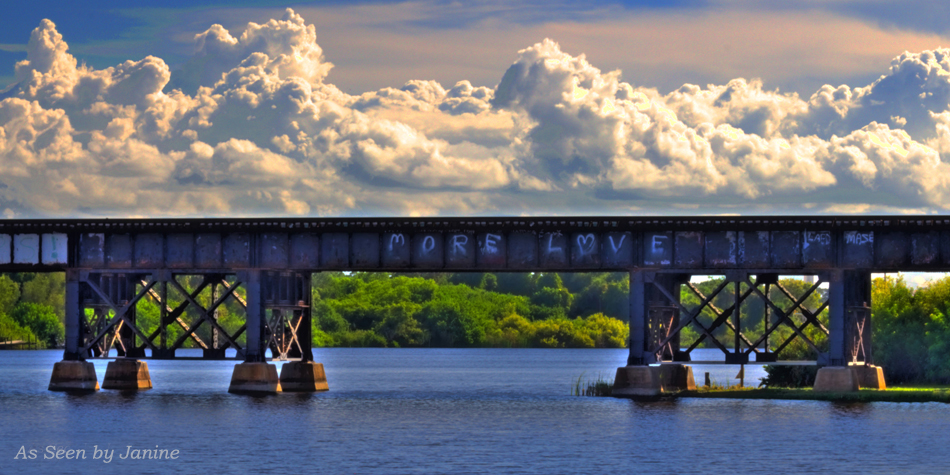
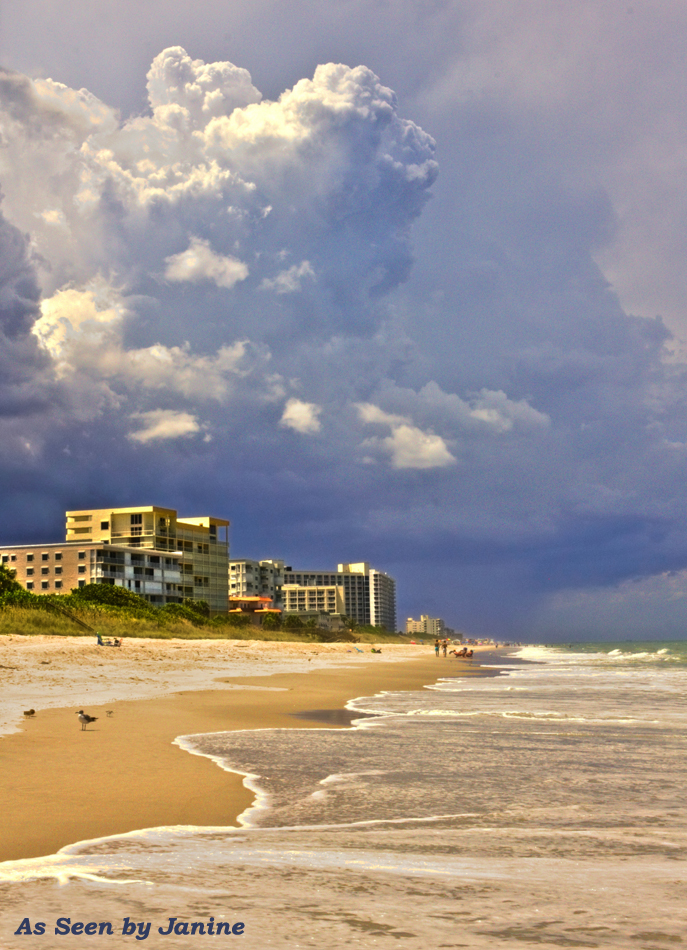
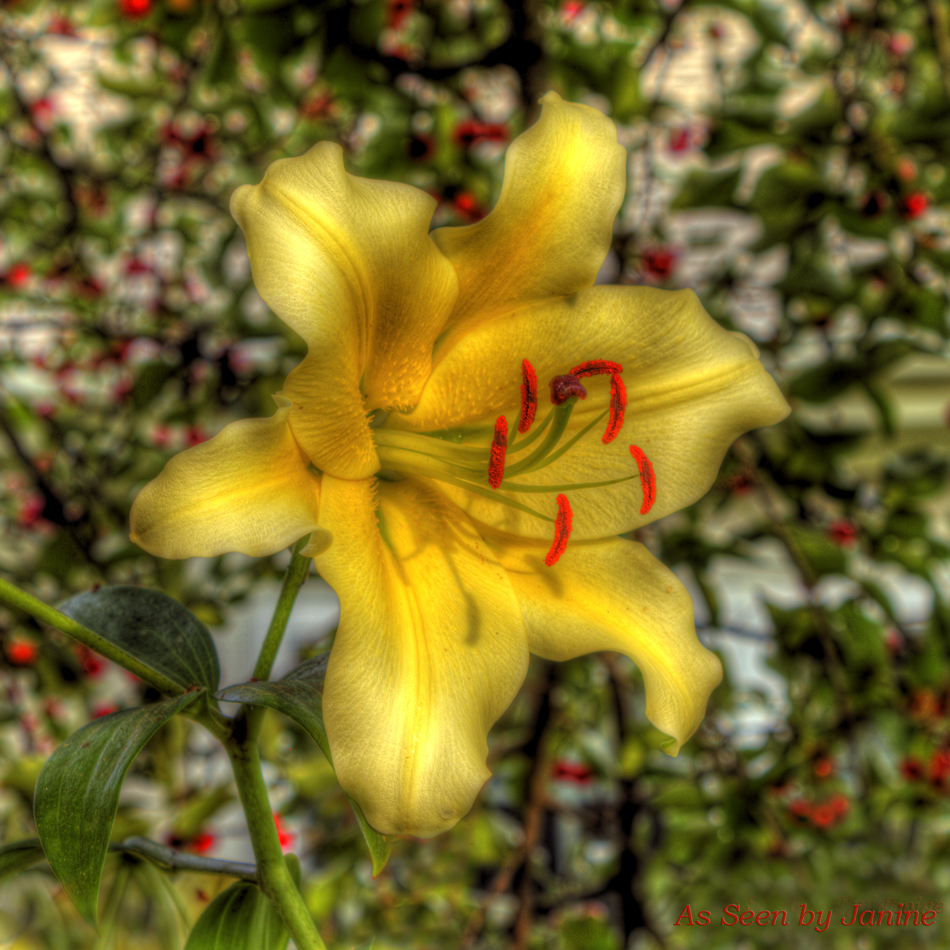
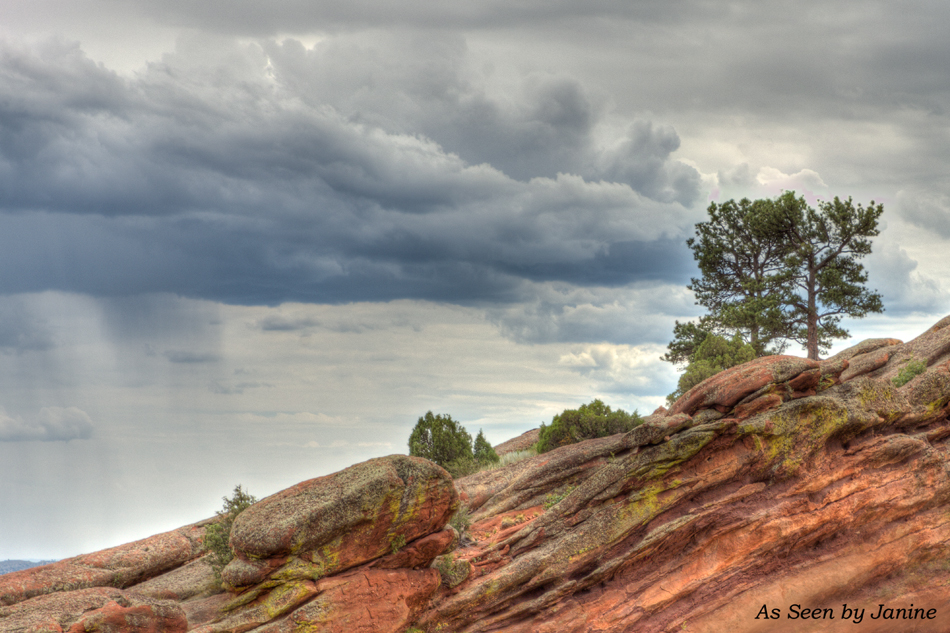


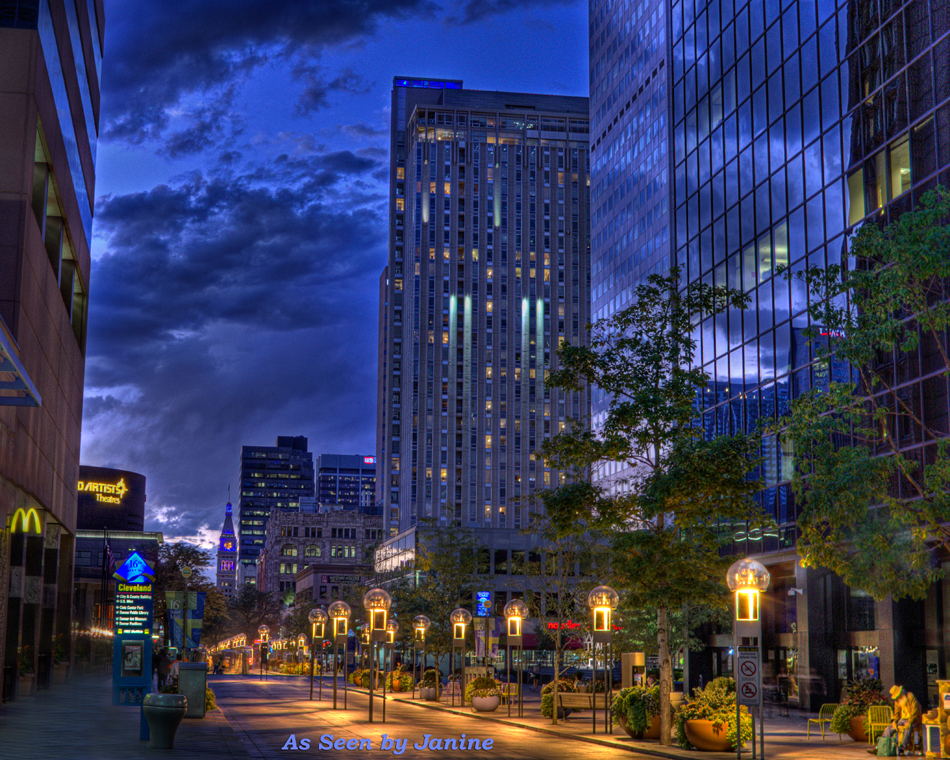







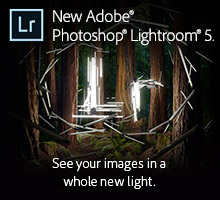


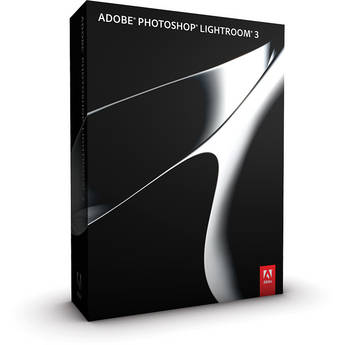

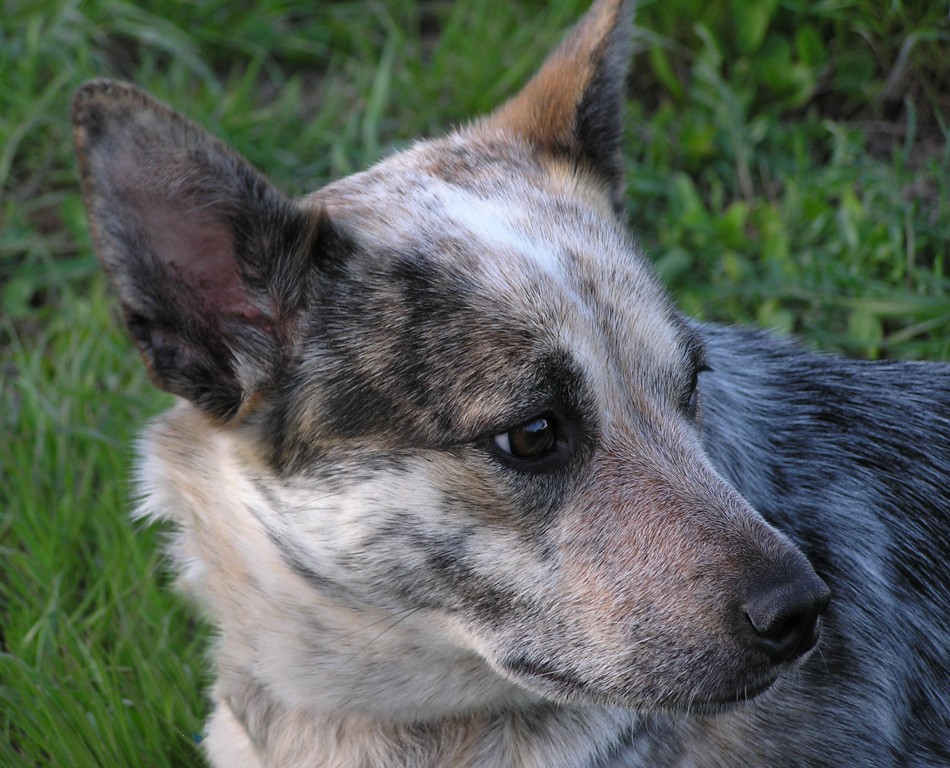





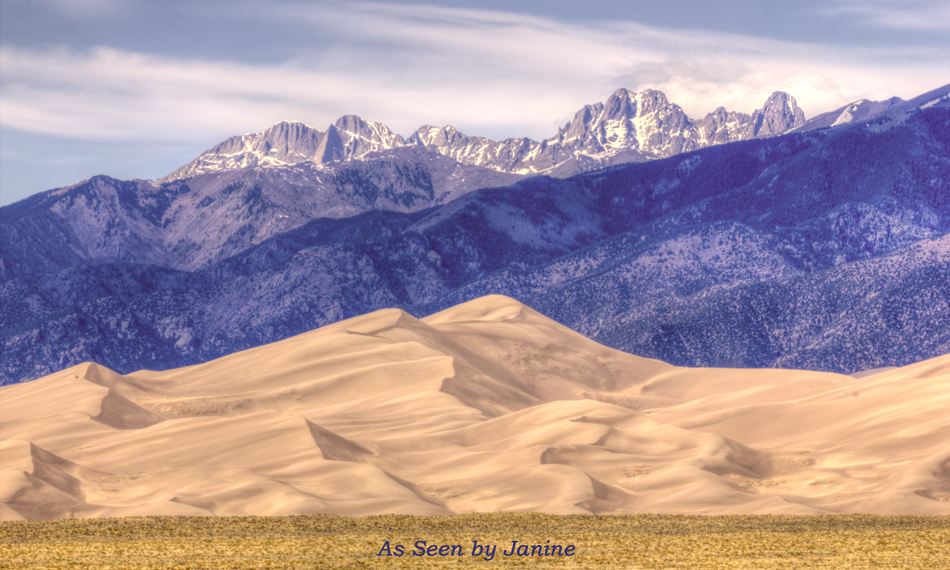

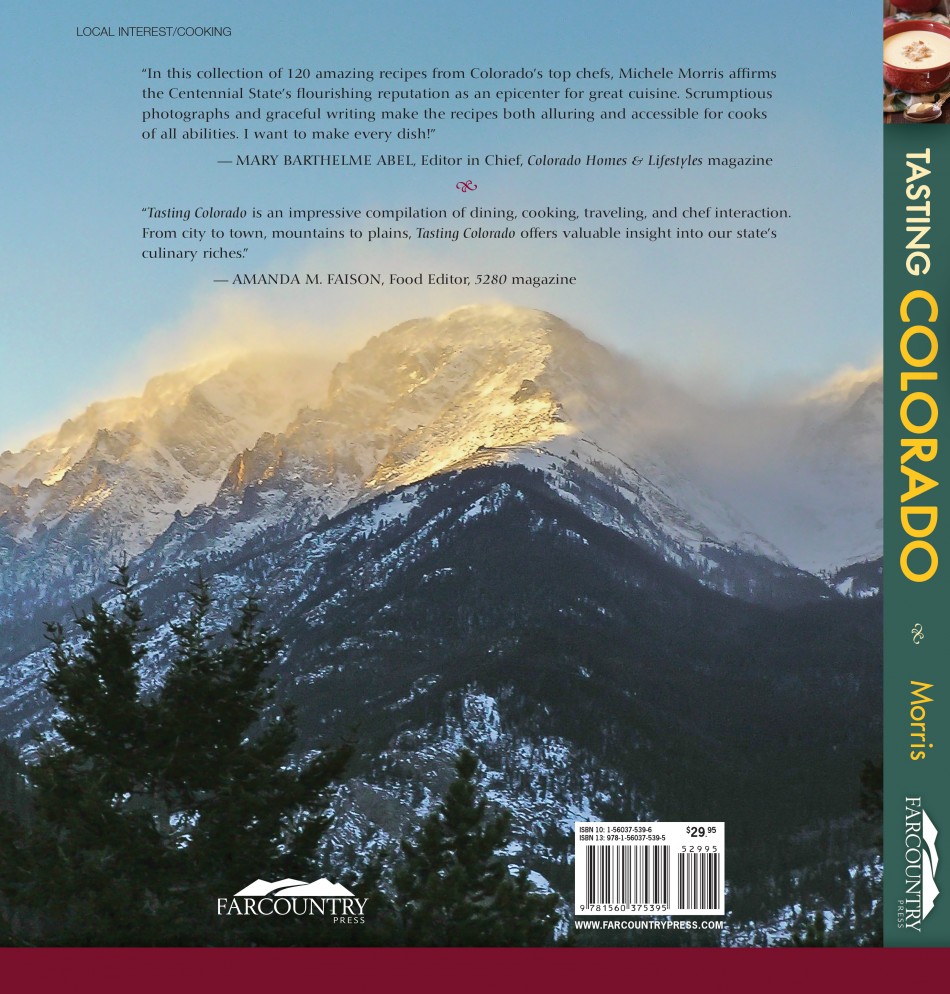
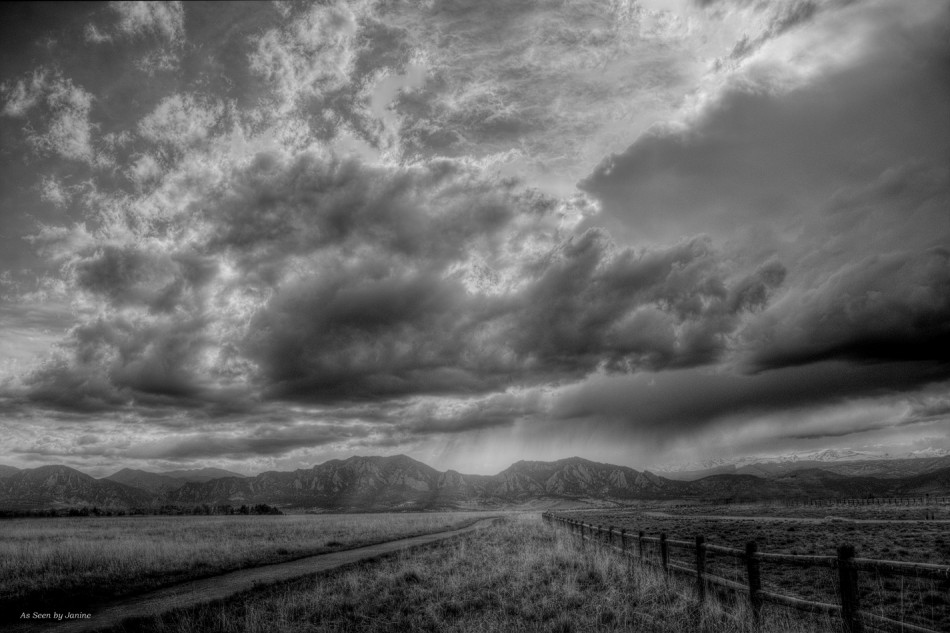
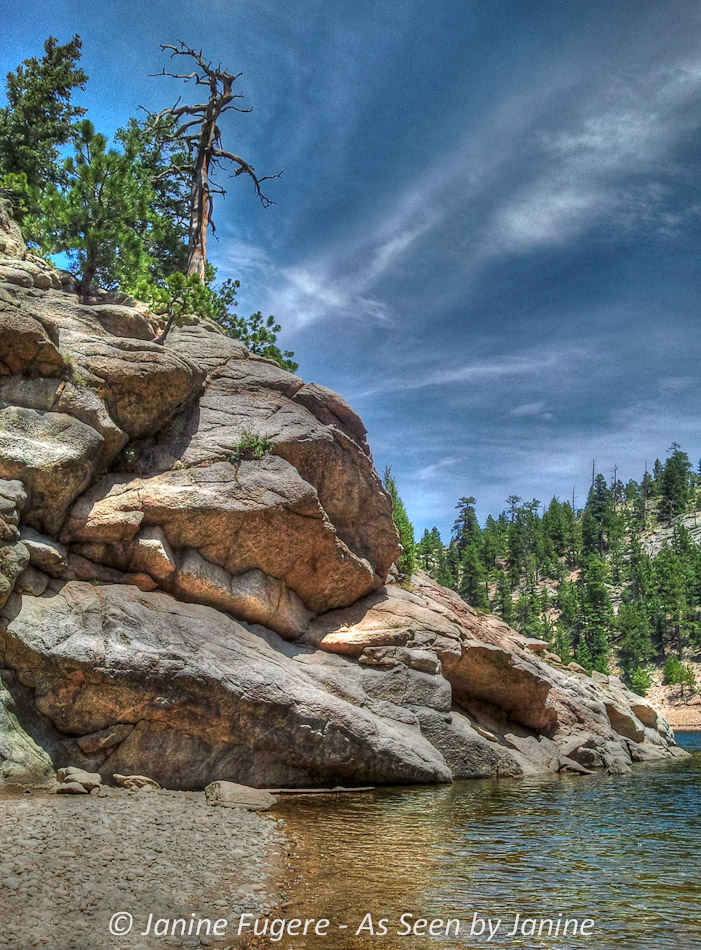
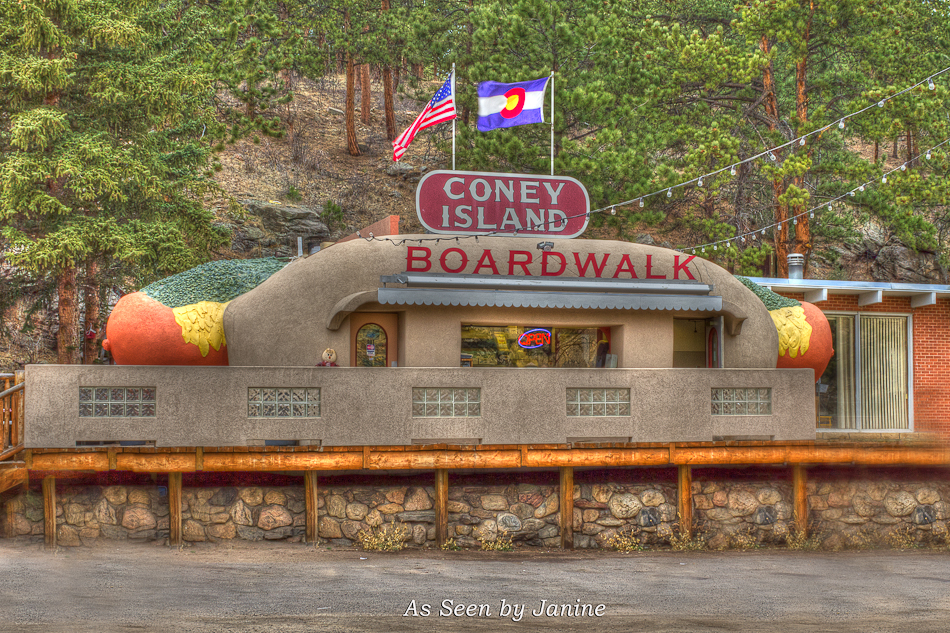
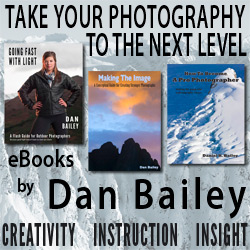



Great article. The shots from Spain are excellent. and yours are too! 🙂
March 15, 2012 at 8:16 pm
Thanks Chris! In a future post I plan to share more links to HDR photographers I love and, of course, I’d like to include you! Janine
March 16, 2012 at 9:49 am
Pingback: Alternative HDR Technique: Coming Soon! | As Seen by Janine's Photo Blog
Pingback: Breaking Out of the HDR Rut with Lightroom 5 | As Seen by Janine's Photo Blog by Janine Fugere
It is really a nice and useful piece of information.
I’m satisfied that you just shared this useful info with us.
Please keep us informed like this. Thanks for sharing.
January 12, 2015 at 9:04 am